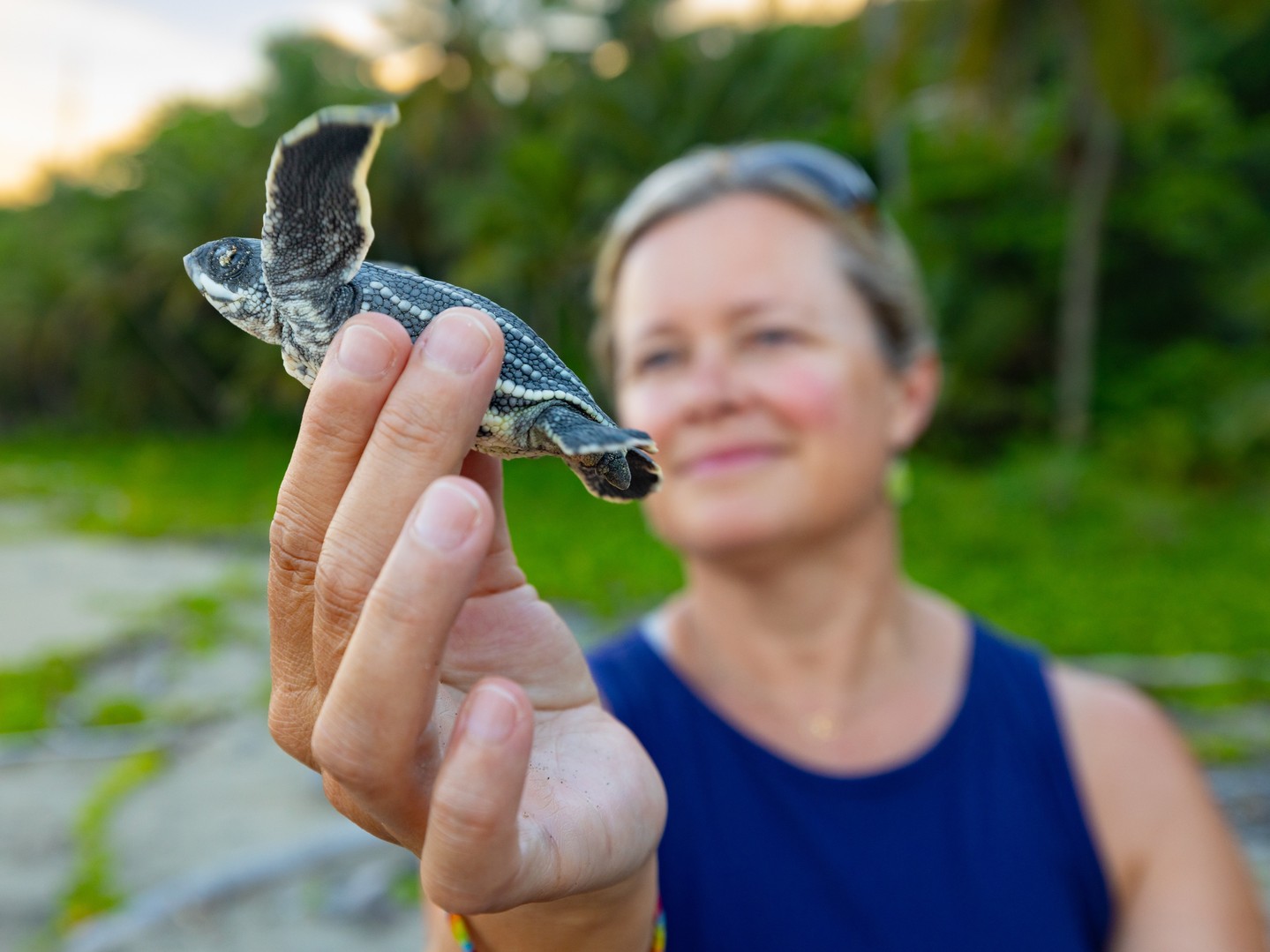- Decline of Leatherback Sea Turtles and Current Threats
- Conservation Efforts and Research in Puerto Rico
- Importance of Satellite Tracking for Leatherback Turtles
- Collaboration with Local Partners and Global Implications
- Educational and Conservation Initiatives
Leatherback sea turtles, the largest of all sea turtle species, are facing significant threats globally. While other sea turtle populations show signs of recovery, leatherbacks are experiencing a severe decline, particularly in the North Atlantic. Nesting populations are decreasing by 4% annually. This troubling trend calls for urgent conservation efforts to secure their future.
The ongoing threats to leatherback turtles are numerous. Habitat destruction, climate change, and bycatch in fisheries contribute considerably to their decline. Coastal development disrupts their nesting beaches, while ocean pollution and plastic ingestion pose life-threatening dangers. Leatherbacks also suffer from high mortality rates due to interactions with fishing gear, which can cause injuries or death.
Our team at the Anderson Cabot Center for Ocean Life, along with the Sea Turtle Rescue & Rehabilitation team, is on the forefront of research and conservation. In Puerto Rico, scientists are collaborating with local partners to tag and track nesting female leatherbacks. Satellite technology enables researchers to gather critical data on nesting habits and migration routes. Understanding these patterns is essential for developing effective conservation strategies.
Satellite tracking offers essential insights into the leatherback’s journey across the oceans. By monitoring their movements, researchers can identify important feeding and breeding sites, migration corridors, and threats they encounter. This information helps develop better management plans and informs policies to protect these turtles throughout their range.
The Puerto Rican initiative involves key partners like @cheloniapr, @tortuguerosoestepr, Amigos de las Tortugas Marinas, and the Departamento de Recursos Naturales y Ambientales. These collaborations are vital, allowing for the pooling of resources and knowledge to enhance conservation efforts. The implications of this work extend beyond local benefits, contributing to global leatherback conservation.
Education and awareness are central to leatherback turtle conservation. Outreach programs aim to educate communities about the importance of protecting these creatures and their habitats. Efforts to reduce bycatch, promote sustainable fishing practices, and protect nesting habitats are crucial components of these initiatives.
This ongoing work, supported by an anonymous funder and permitted under DRNA 2025-EPE-017, DRNA 2025-EPE-008, and DRNA 2025-EPE-012, underscores the collaborative spirit needed for successful conservation. Through targeted research, satellite tracking, and community involvement, we hope to halt the decline of the leatherback sea turtle and secure a future where these majestic creatures thrive.
*****
Source Description
Let’s talk about leatherback sea turtles! 📣🐢
For Endangered Species Day, we’re highlighting one of the incredible endangered animals we study: the leatherback sea turtle. While many sea turtle populations are rebounding, leatherbacks are still in trouble. In the North Atlantic, their nesting populations are declining at 4% per year, which reflects an overall trend of leatherback decline across the globe.
Right now, our Anderson Cabot Center for Ocean Life scientists and Sea Turtle Rescue & Rehabilitation team are in Puerto Rico, working with local partners to track nesting leatherback females using satellite tags. This data will help us understand the turtles’ nesting habits and migration routes, which is critical for their conservation.
Check out our stories for photos and videos straight from our researchers in Puerto Rico!
Partners: @cheloniapr, @tortuguerosoestepr, Amigos de las Tortugas Marinas, Departamento de Recursos Naturales y Ambientales, and @stxturtles
📌 This work was supported by an anonymous funder. Permit DRNA 2025-EPE-017, DRNA 2025-EPE-008, DRNA 2025-EPE-012.
📸: Steve DeNeef


